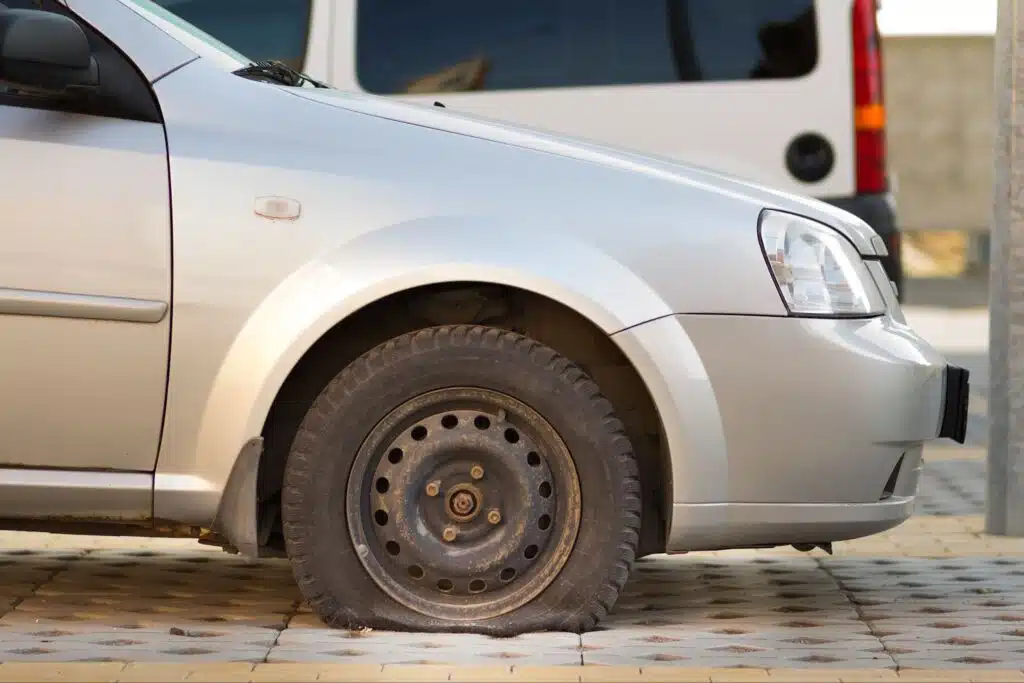What is a MOT and why is it imperative?
Sittingbourne owes its name to a modernized rendition of a perception on its area. The town’s name originated from the way that there is a little stream or “bourne” running underground in part of the town. Flurried writing in the 1790s in his History of Kent states that
” Sittingbourne was in days of yore composed Sedingbourne, in Saxon, Saedingburga, i.e. the villa by the bourne or little stream. ”
The Kent Hundred Rolls of 1274-5, protected in the National Archives, record Sittingbourne as Sydingeburn in the accompanying sections ” Item dicunt quod Johannes Maresescall de Synele fundamental unam parvam purpresturam in estate de Sydingeburn et solvit domino regi per annum 1d et dominus rex nichil perdit et quod Petrus de London principle unam parvam purpresturam in manor de Sydingeburn et solvit inde per annum domino regi 1d et rex nichil perdit.” Translated as, “At that point they say John Marshall de Synele holds one little infringement in the vill of Sittingbourne and he pays the ruler lord 1d. every year and the master lord loses nothing and that Peter of London holds one little infringement in the vill of Sittingbourne and he pays 1d. every year to the ruler lord and the lord loses nothing.”[2]
Romans
A Copper Age grave gathering dating from 2500-2100 BC, found at Sittingbourne
Principle article: Roman Britain
There is confirmation of settlement in the region before 2000 BC, with cultivating and exchanging clans living inland to maintain a strategic distance from assault, yet sufficiently close to get to the ocean at Milton Creek. In AD 43 the Romans attacked Kent,[3] and to make get to faster amongst London and Dover, constructed Watling Street, which went straight through Sittingbourne. As a point where ocean get to met street get to, the port of Milton Regis turned into the Roman authoritative place for the region, with somewhere in the range of 20 estates so far found, yet Sittingbourne remained a minor villa all through Roman times.[4] Most Roman finds here were because of the endeavors of nineteenth century block producers who utilized topsoil to make blocks, and revealed the finds; and safeguarded on account of financier George Payne, who saved or purchased materials and distributed his works in 1893 in Collectanea Cantiana.[5]
Middle Age Hostelry
The Red Lion Public House, Sittingbourne
There was no passage for Sittingbourne in the Domesday book of 1086, simply a note joined to Milton Regis demonstrating a populace of 393 households.[6] However, after the murder of the Archbishop of Canterbury, Thomas Becket in 1170, explorers started to go to Canterbury Cathedral and Sittingbourne turned into a helpful hostelry for voyagers. Sittingbourne is specified as a ceasing point in The Canterbury Tales, with the Summoner in the Wife of Bath’s Prologue says:[7]
” But on the off chance that I telle stories two or thre/Of freres er I come to Sidyngborne/That I shal make thyn herte for to morne ”
Right now, the thirteenth century Parish church of St Michael was developed, and the High Street contained 13 bars and inns. The Lyon – now the Red Lion – played host to King Henry V of England on his way once more from the Battle of Agincourt, and Henry VIII went by Sittingbourne in 1522 and 1532.[8] In 1708 the Rose Inn was fabricated, initially called Rose Place and utilized as a private house. As indicated by Edward Hasted “the main motel now in it (Sittingbourne), called the Rose, is maybe the most magnificent of any all through the kingdom.”[9] In 1825 the future Queen Victoria and her mom, Princess Victoria of Saxe-Coburg-Saalfeld remained overnight at the Rose Inn.
for more about sittingbourne go here
Recent Posts
-
Can Your Tyre Puncture be Repaired? Essential Guide to Car Tyre Repair17 Apr 2024
-
How Much to Inflate Car Tyres: Easily Find Your Car's Correct Tyre Pressure17 Apr 2024
-
Step-by-Step Guide on how to fix a car tyre - Ultimate puncture repair guide17 Apr 2024
-
MOT Failures and How to Avoid Them07 Mar 2024
Categories
Have Any Question?
Do not hesitage to give us a call. We are an expert team and we are happy to talk to you.
- 01795 422040




